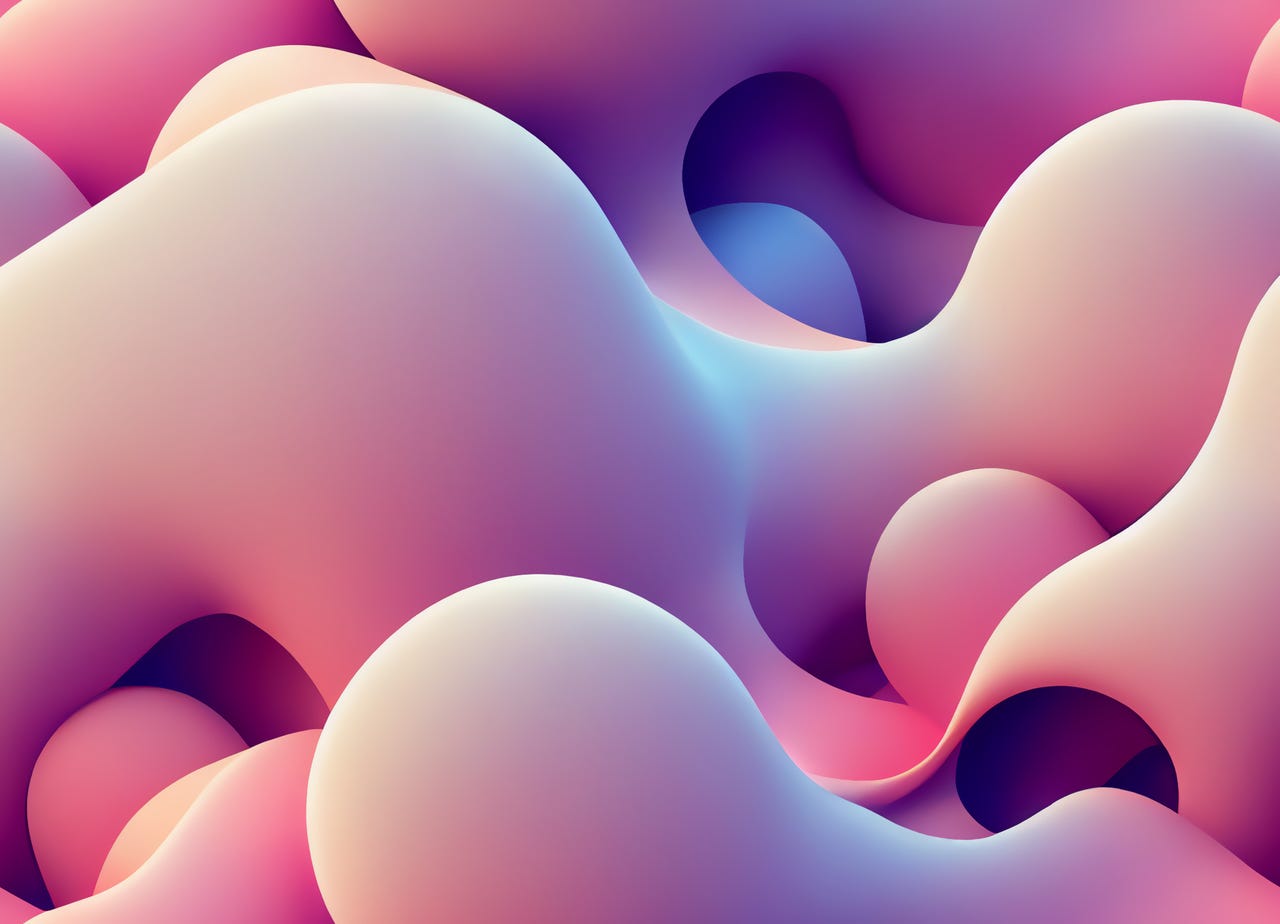[ad_1]

(Not an AI-generated image.) Jasmin Merdan/Getty Images
In the battle against artificial intelligence in the creative sphere, humans have picked up a win. A federal judge ruled last week that works generated by AI cannot be copyrighted
The ruling, delivered from U.S. District Judge Beryl Howell, said that copyright law has never “stretched so far” as to “protect works generated by new forms of technology operating absent any guiding human hand. Human authorship is a bedrock requirement.”
Also: The best AI image generators right now: DALL-E 2 and alternatives
The notion of AI generated works not receiving legal protection is good news for people working in creative fields — especially as we’re more than 100 days into the Hollywood SAG-AFTRA strike and the idea of using artificial intelligence to create scripts is gaining steam.
U.S. copyright law was designed to adapt with the times, the ruling added, but there has been a consistent belief that human involvement is “at the core of copyrightability, even as that human creativity is channeled through new tools or into new media,” the ruling stated.
This mindset predates AI though, as nearly a decade ago, a U.S. district court made a similar ruling in the case of a selfie taken by a monkey. That selfie, the court ruled, couldn’t be copyrighted because the image wasn’t taken by a person.
Also: How to use Midjourney to generate amazing images and art
Judge Howell noted that in the instance of a camera, for example, the camera does technically generate the image, but only after the human first conceives the image, sets the scene and lighting, adjusts camera parameters, and more. AI does have human involvement in say, creating a prompt, but the actual work is all computer-generated.
This recent ruling comes as the result of a lawsuit by computer scientist Stephen Thaler, who argued that an image created by AI software he created should be allowed to be copyrighted.
Also: How to use Photoshop’s Generative Fill AI tool to easily transform your boring photos
The U.S. Copyright office turned down his application for protection, saying that “the nexus between the human mind and creative expression” was a necessary part of getting a copyright. Thaler, in turn, filed a lawsuit challenging that ruling.
And while this is a strike against AI in art, it’s worth noting that the copyright office has ruled that “AI-assisted” art can be copyrighted if a human “selected or arranged it in a sufficiently creative way.”
[ad_2]
Source link

